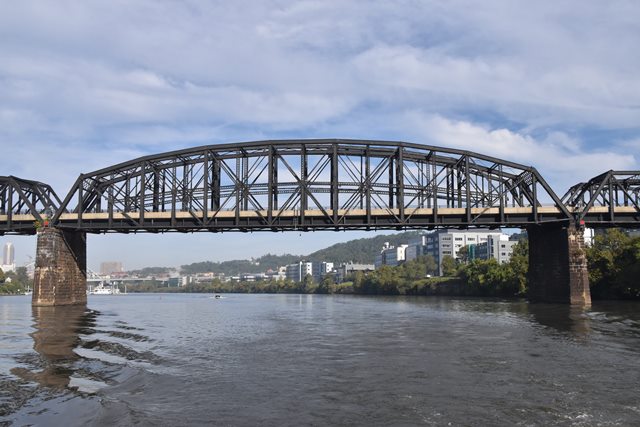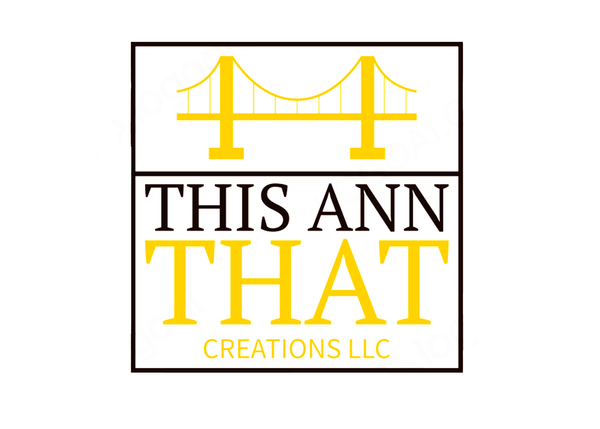Rentals
This page is for Pittsburgh Cookie Table Bridge rentals. Please see our bridges page if you would prefer to purchase.
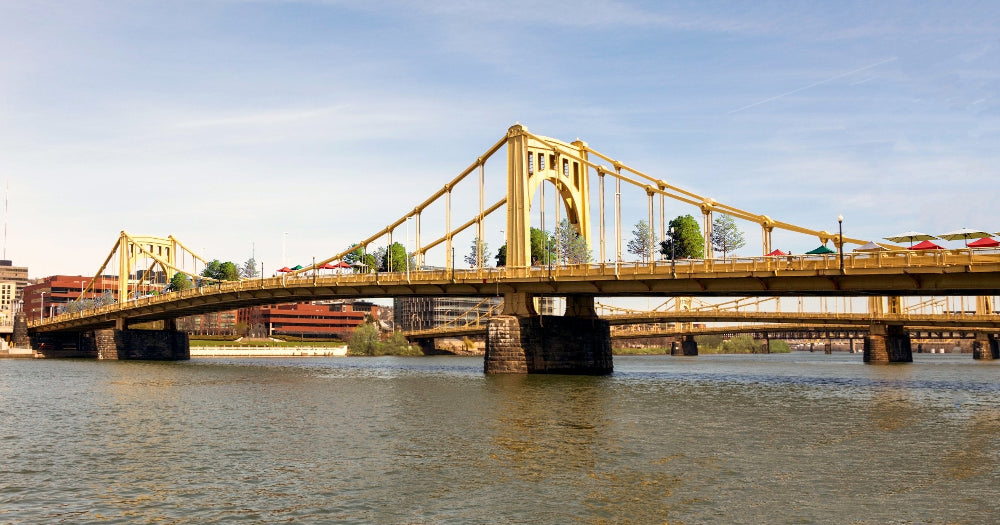
Clemente
The Roberto Clemente Bridge, also known as the Sixth Street Bridge, is one of Pittsburgh's most iconic structures. Opened in 1928, the bridge spans the Allegheny River, connecting downtown Pittsburgh to the North Shore. It is named after the legendary Pittsburgh Pirates player Roberto Clemente, who was known not only for his baseball talent but also for his humanitarian work.
The bridge is famous for its striking yellow color, which makes it easily recognizable, and its unique design, featuring a double-deck truss. Over the years, it has become a symbol of the city and is particularly well-known for being closed to vehicular traffic during Pittsburgh Pirates games, allowing fans to walk across to the stadium.
In 1998, the bridge was officially renamed in honor of Clemente, cementing its place as a tribute to his legacy. It is a key part of Pittsburgh’s infrastructure and one of the city's most photographed landmarks.
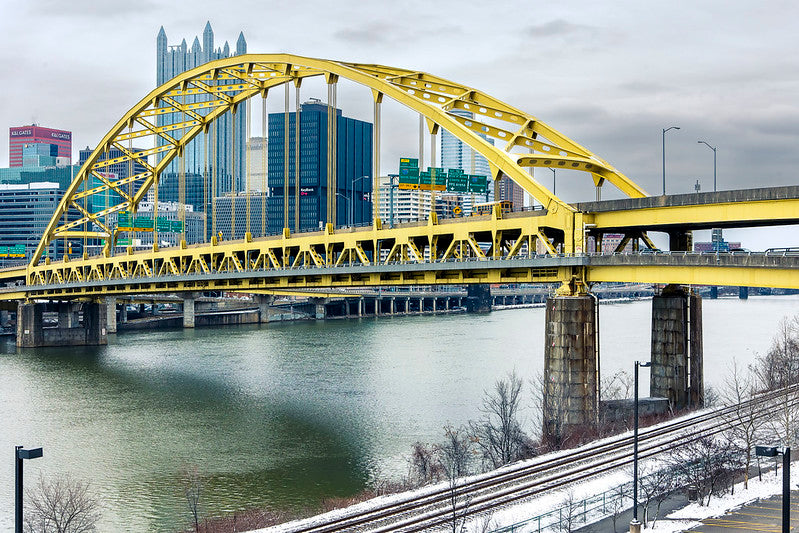
Fort Pitt
The Fort Pitt Bridge, opened in 1959, spans the Monongahela River and connects downtown Pittsburgh to the South Side. Known for its yellow color and steel arch design, it’s one of the city's most recognizable bridges. Named after Fort Pitt, a historic fort from the 18th century, the bridge plays a crucial role in Pittsburgh’s transportation network, offering stunning views of the city's skyline and rivers.
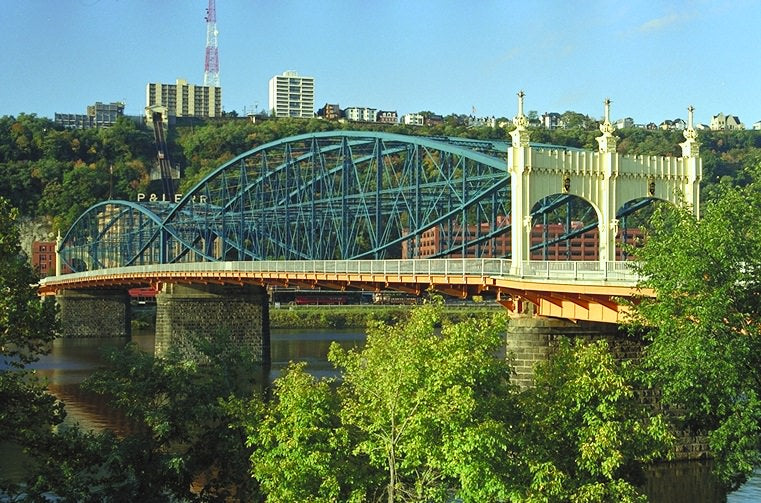
Smithfield
The Smithfield Street Bridge, completed in 1883, is one of Pittsburgh’s oldest and most historically significant bridges. Spanning the Monongahela River, it was the city’s first bridge to connect downtown Pittsburgh with the South Side. Designed in an iron truss style, the bridge was a major engineering feat at the time and played a crucial role in Pittsburgh's industrial development by facilitating transportation across the river.
The bridge’s location and design have made it an iconic part of the city’s skyline. It remains in use today, serving both pedestrians and vehicles, and stands as a testament to Pittsburgh's early engineering and steel production heritage. The Smithfield Street Bridge was added to the National Register of Historic Places in 1976, recognizing its importance to the city’s history.
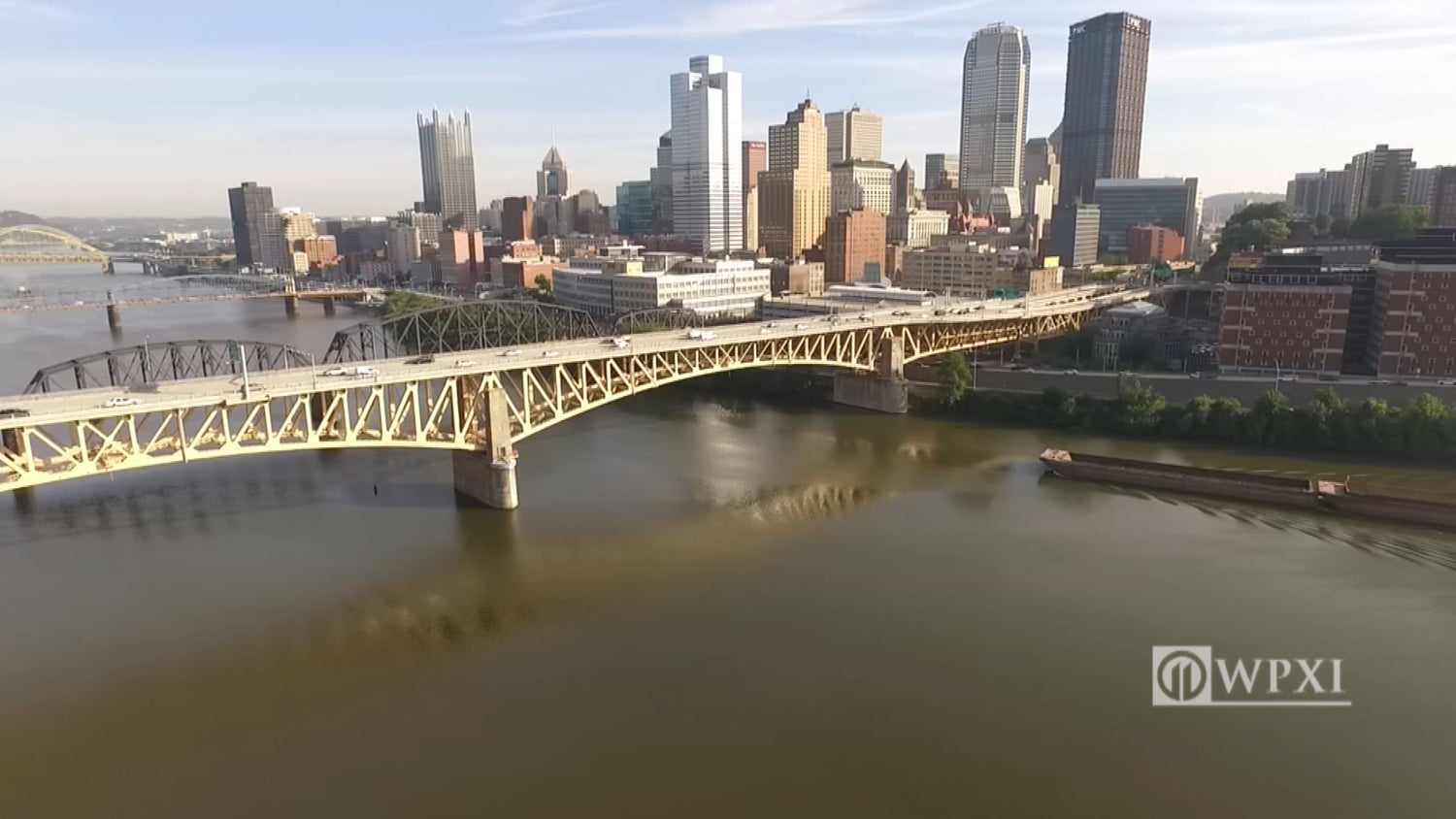
Liberty
The Liberty Bridge, completed in 1928, spans the Monongahela River, connecting Pittsburgh’s South Side to downtown. Known for its distinctive gold color, the bridge is a key part of the city’s transportation network. It was designed as a vital route for both vehicles and pedestrians, easing congestion on other bridges.
The Liberty Bridge features a spanning steel arch and was one of the city’s largest and most advanced bridges at the time of its construction. Over the years, it has undergone various updates to meet modern traffic demands. Today, the Liberty Bridge remains an essential part of Pittsburgh’s infrastructure, offering commuters a critical connection between neighborhoods while providing scenic views of the river and city skyline.
